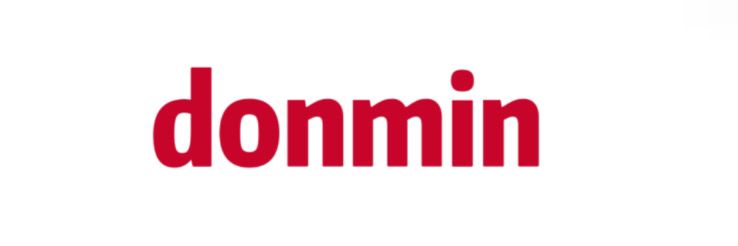Revolutionizing Hydraulic Fracturing: OEM Proppant Solutions
Understanding Hydraulic Fracturing: An Overview
Hydraulic fracturing, commonly known as fracking, is a critical process in the extraction of oil and natural gas. To ensure success in this method, the choice of proppants—the materials used to keep the fractures open—is vital. OEM hydraulic fracturing proppant fabrication has emerged as a cutting-edge solution, optimizing efficiency and performance. This guide will walk you through the key steps to revolutionize your hydraulic fracturing operations with OEM proppant solutions.
Step 1: Identify Your Specific Needs
- Assess the geological and reservoir characteristics of your site.
Understanding the specific requirements of your project will enable you to select the right proppants. For instance, harder formations may require stronger, more durable proppants, while softer formations can work with lighter materials.
Step 2: Explore OEM Proppant Options
- Research different OEMs that specialize in hydraulic fracturing proppant fabrication.
OEMs offer a range of proppant solutions tailored to various environmental conditions and price points. Comparing products from different manufacturers is crucial to finding one that aligns with your project’s goals and budget.
Step 3: Evaluate Manufacturing Quality
- Check certifications and quality benchmarks of the proppant products.
High-quality proppants are fundamental for the success of your hydraulic fracturing operation. Ensure that the OEM has certifications such as API or ISO, which indicate adherence to industry standards.
Step 4: Review Performance Data
- Analyze performance reports and case studies highlighting the effectiveness of the proppants.
Look for concrete examples from existing clients that demonstrate the efficacy of the OEM hydraulic fracturing proppant solutions. Performance metrics such as conductivity, roundness, and crush resistance should influence your decision-making.
Additional resources:Energy
Step 5: Consider Environmental Impact
- Investigate the environmental implications of the proppant used in your process.
How Can a Solar Battery Save You Money on Energy?
How Will 125 Amp Charging Impact EV Adoption?
Choosing proppants with lower environmental impacts can improve public perception and ensure regulatory compliance. Consider water usage and the potential for minimizing chemical additives during your hydraulic fracturing operations.
Step 6: Integrate with Fracturing Designs
- Combine selected proppants with your hydraulic fracturing operational design.
The integration of OEM proppants into your fracturing design should align with your operational parameters, including pump rates and fluid types. Customizing your approach will optimize the results based on the chosen proppants.
Step 7: Conduct Real-time Monitoring
- Implement real-time monitoring to analyze the performance of the proppants during the fracturing operation.
Utilizing monitoring technologies will help you assess the effectiveness of your OEM proppant solutions on-site. Keep track of key performance indicators to ensure that the proppant is working as expected.
Conclusion
By following these steps, you can effectively revolutionize your hydraulic fracturing operations using advanced OEM hydraulic fracturing proppant fabrication techniques. Whether it's identifying the right needs, exploring proppant options, or integrating them into your design, this comprehensive guide equips you with the knowledge to make informed decisions. Embracing this innovative approach can lead to enhanced productivity and cost-efficiency, setting your operations apart in a competitive market.
If you are looking for more details, kindly visit ODM proppant exporter, frac proppant wholesaler.

